Unbridled, young, and passionate—Konkani cinema from the sunshine state is more than just sunbeams and beer afternoons. All it needs is someone to believe in it
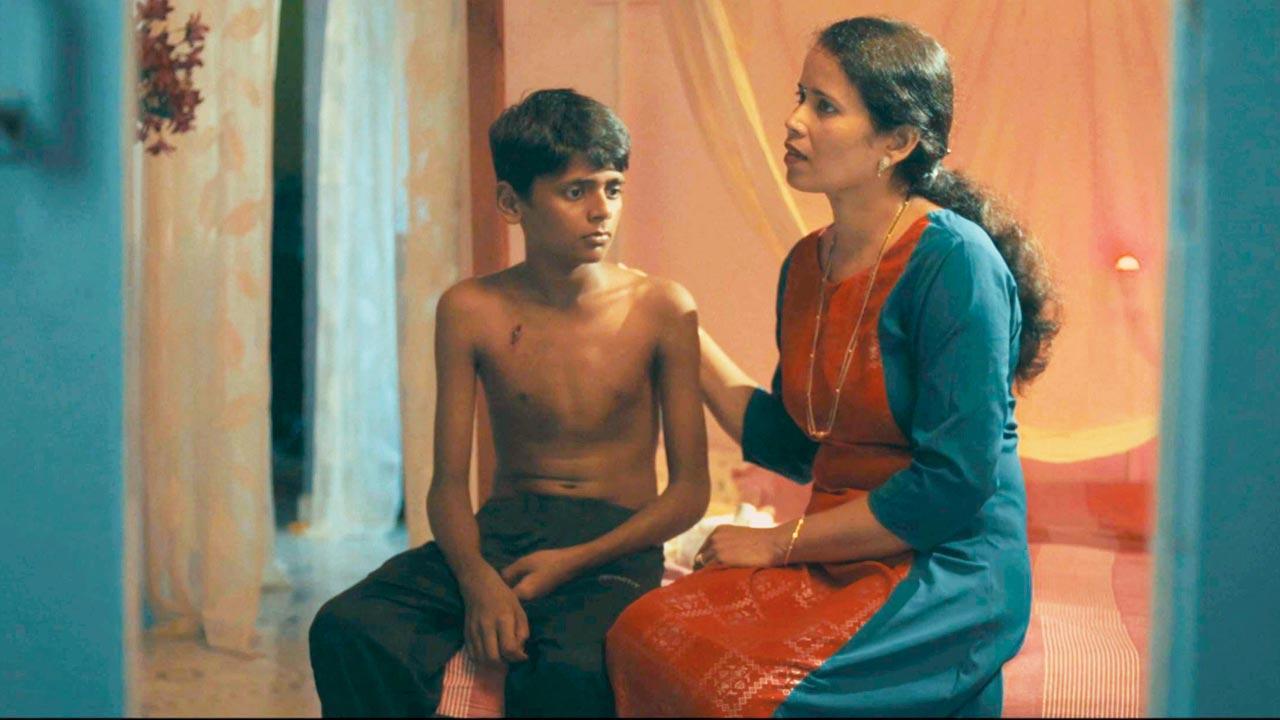
Akshay Parvatkar’s Hanging by a thread opened the Goa Open Arts Festival this weekend
We’re angry saints now,
We will change the destiny of everything and everyone,
Not to live like sudhirs
But to live like human beings,
Yes, we are the bravest of mankind,
We are sudhirs!
ADVERTISEMENT
These lines are from the haunting Konkani poem at the end of the Goan Konkani short film, Hanging by a Thread, which was screened at the Goa Open Arts Festival from this weekend.
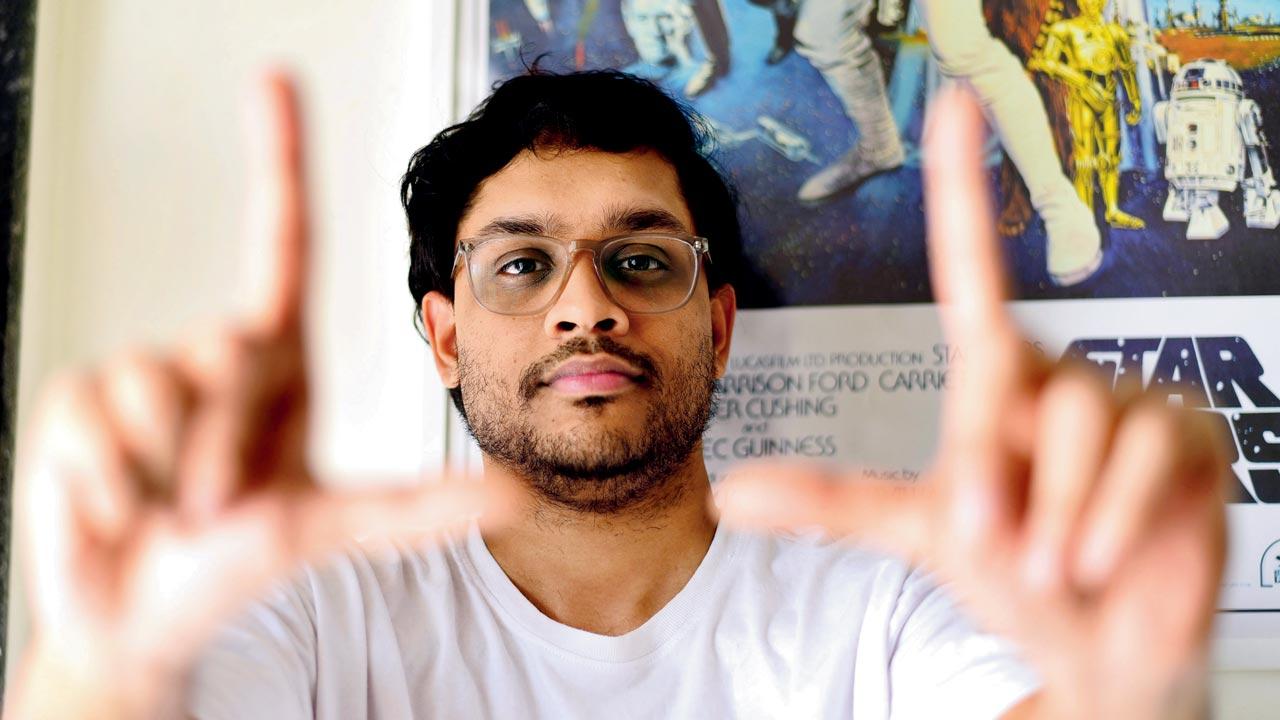 Akshay Parvatkar. Pic/Nimesh Dave
Akshay Parvatkar. Pic/Nimesh Dave
Writer-director Akshay Parvatkar, and few others like him, are being heralded as emerging avant garde filmmakers speaking not just for, and to Goa, but to anyone who wants to experience cinema and not watch it. The film will soon be released on YouTube in the next few months and was short between 2022 and 2023. The thrust of the 20-minute-short film is about how a young boy who wants to play football with his best friend, and the struggle when older boys don’t allow it, because he is a non-savarna. The poem is recited in Konkani by the footballer’s mother who tells him to go back to the field, reminding him that wearing a knotted thread doesn’t determine one’s talent and future.
Parvatkar, who hails from Povorim, a mere nine kilometers away from Panjim, is a trained engineer. “I didn’t know how to tell my mother that I wanted to pursue something to do with photography,” he says. Still pictures were his gateway drug into the world of films and cinema. “I lost my father in the summer before my Class X exams. My uncle came down from Dubai then, and as it was also around my birthday, he got me a camera. My father too loved to click, and it was a family that liked to photograph our important moments.”
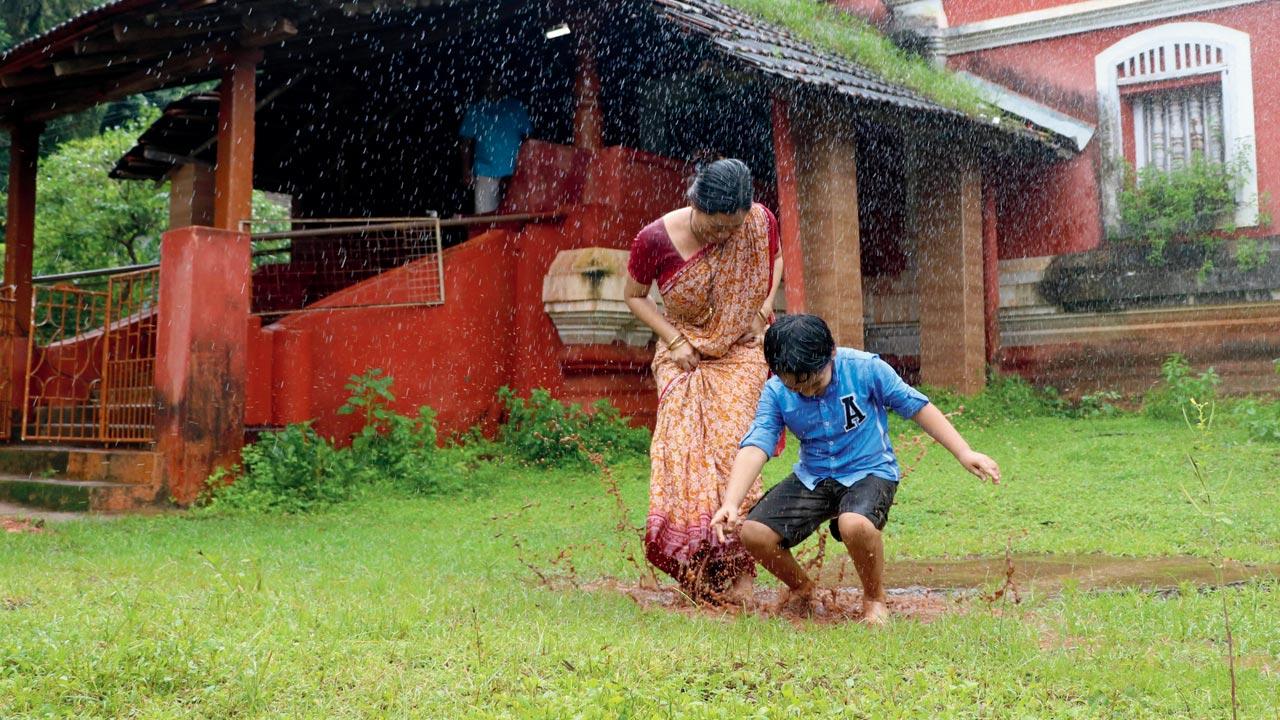 Mangirish J Banodkar borrowed money from his uncle to make Shivnar, a loan he hasn’t yet paid off
Mangirish J Banodkar borrowed money from his uncle to make Shivnar, a loan he hasn’t yet paid off
The engineer turned screenwriter-director moved to Vakola in 2019, right after he graduated from the Film and Television Institute of India (FTII). “I applied for the one-year screenplay course and surprisingly, got in,” says Partvakar, talking to us over the phone. His journey led to him putting out a tweet on X ,asking for funding for a short film, and in a fortunate twist of fate, he got a call. “It was a British-Goan who wanted to support an artist from the place her family came from.” Her only condition was that he make the film in Konkani. “It was pure luck! Yes, I won’t deny that at all,” he confesses in an admission-chuckle.
It may sound innocent enough, but Parvatkar reacts this way because the lack of funding for Konkani films has forever been as issue. It’s a reality for many lesser-known budding filmmakers, like Manguirish J Bandodkar.
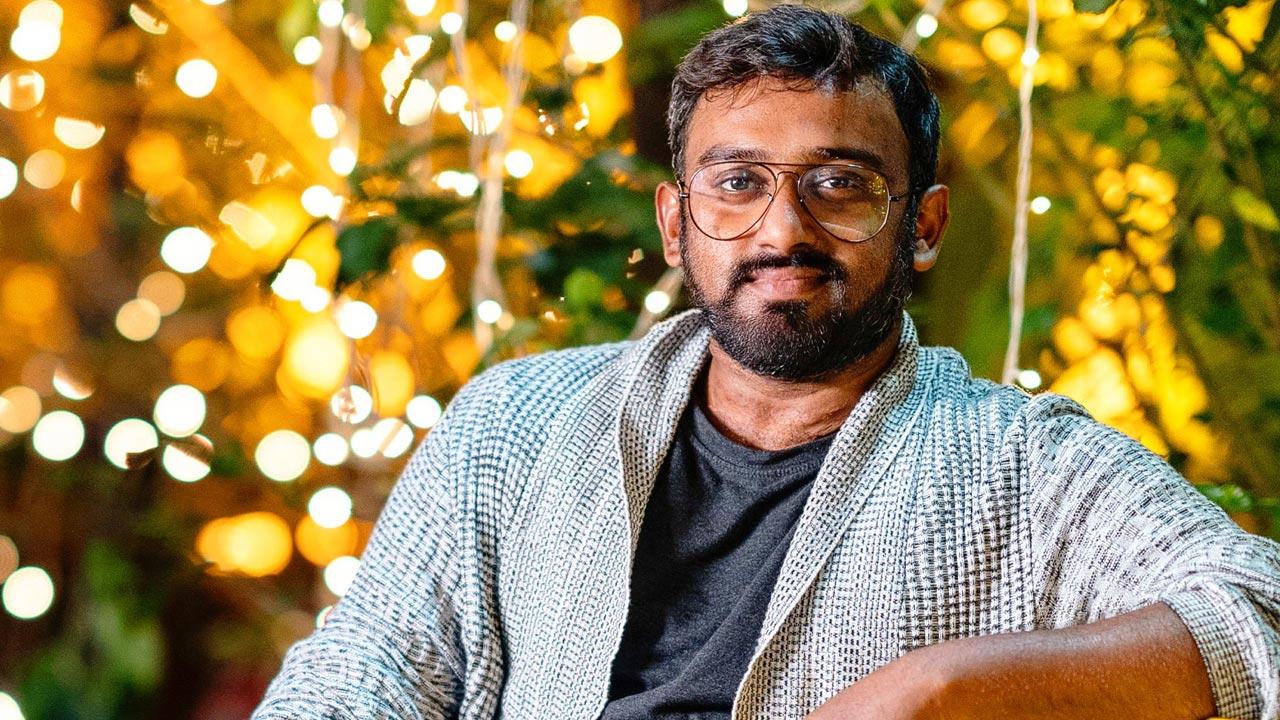 Mangirish J Banodkar
Mangirish J Banodkar
Bandodkar, who also has an engineering diploma, moved on to study film in Vinsan Academy for film and media in Panjim. He rues the lack of support from the government as he speaks to us from his home in . He reveals, gets a lot of requests for entries from filmmakers like him, but no one has heard back for a while. This is even more worrying as the government has largely been managing Goa’s marquee film festival, the International Film Festival of India (IFFI). “Ideally, if they like it, they give a grant, but no one including me, has ever heard back. Most of us are self-funded,” he says.
Bandodkar, who has shown his short films on the festival circuits and has hoped to get funding and recognition, says he has not been lucky yet. “I will be shooting my next short film in April this year. But, I have the minimum funding which will form the starting money. The rest will come from my freelance work. I am open to anyone coming forward and funding this film. You never know, someone might read your article and reach out to me?” he asks hopefully.
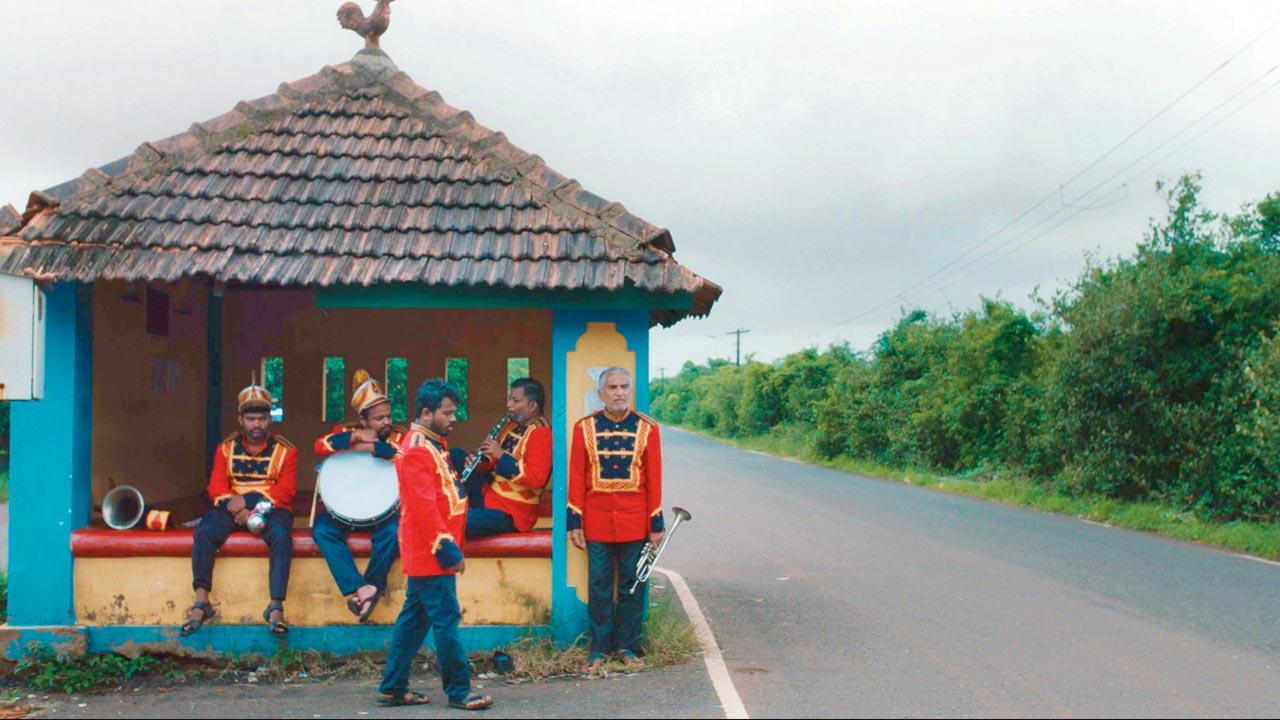 Suyash Kamat feels that Netflix picking up his film, Sadabahar Stills, is the best thing that has happened to his career
Suyash Kamat feels that Netflix picking up his film, Sadabahar Stills, is the best thing that has happened to his career
Making a conscious decision to stay back in Goa, Bandodkar says he has never made enough money to even pay back his uncle who invested in Shivnar, a 12-and-a-half-minute labour of love he made in 2019, the year he graduated. He owes his uncle R5 lakh and is now too embarrassed to ask him or anyone in the family for any more.
Both Bandodkar and Parvatkar say that the lack of funding mainly comes from the concerns that there are not enough Konkani audiences to watch their movies. “With Marathi, investors know what kind of numbers to expect, but with Konkani, they are a bit hesitant because there are not as many speakers of the language,” says Parvatkar. This, even as the 2011 census showed around nine-and-a-half-lakh Goan-Konkani speakers. The numbers though, the filmmakers say, haven’t inspired a lot of confidence among the Hindi film industry.
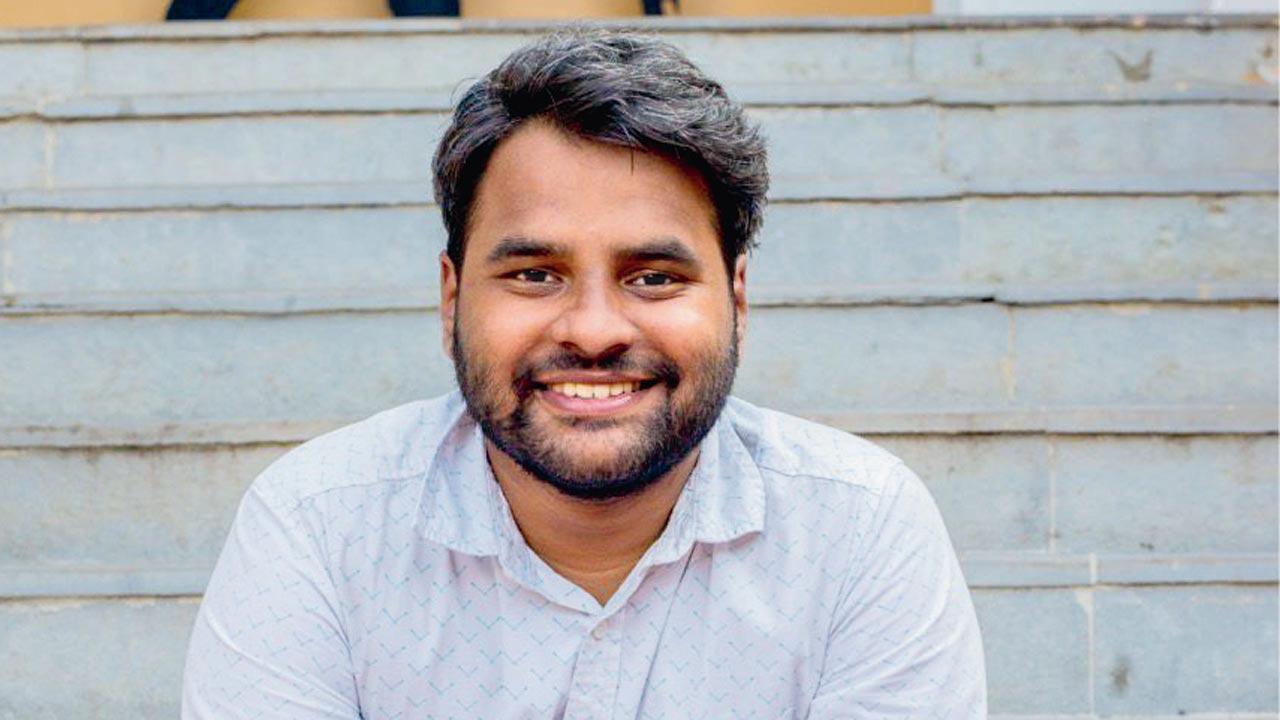 Suyash Kamat
Suyash Kamat
“The only place I can see where Konkani movies can be featured is in the OTT space. We just need one breakthrough there,” says filmmaker Suyash Kamat, who started off his journey with the little-known short film, Written in the Corners. He then shot to fame when he got selected by Netflix to make his short film—Sadhabahar Stills back in 2022. “That Netflix money, exposure and technical sophistication is the greatest thing that happened to me in my entire career.”
While Written in the Corners is about the loss of Panjim’s-once very famous Prakash Cafe, Sadabahar Hills talks about the current conflict that Goa is facing, where the local population is losing out jobs to those coming in from other states, a theme we all are quite familiar with in Mumbai. Kamat is currently finishing up the last leg of a degree at the Satyajit Ray Film & Television Institute. “There is no structured way of funding like we see in Mumbai. Most government schemes are dormant and have not been executed for a long time. Right now, the question asked by producers is—Do I have a market here? How many people watch movies? Here, people go for these plays called ‘taitr’. The lack of government intervention to answer these questions means that we will have to generate this demand and, nurture it and this will take time.”
 Subscribe today by clicking the link and stay updated with the latest news!" Click here!
Subscribe today by clicking the link and stay updated with the latest news!" Click here!







